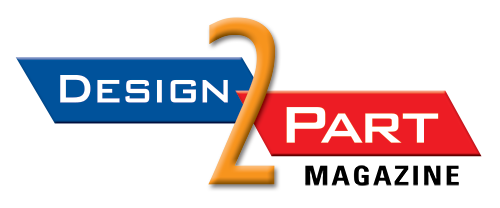Mark Shortt
Intense competition and the need for product differentiation are key factors driving significant growth of the global metal welding market today, according to technology research and advisory firm Technavio.
One indicator is an increase in demand for automated and robotic welding systems due to their efficiency and precision, the company said in a release focusing on projected growth of the metal welding market from 2024 to 2028.
“Vendors are investing in automated equipment for welding and fabrication to expand their offerings and produce precise parts efficiently,” the company stated in the release. “Furthermore, the adoption of digital technologies like IoT and AI in welding processes is transforming the industry, enabling real-time monitoring and predictive maintenance.”
Metal welding is an essential process for the heavy engineering, manufacturing, and construction industries. The global market is projected to grow by $11.5 million from 2024 to 2028, registering a compound annual growth rate (CAGR) of more than 5.48 percent during the forecast period, according to the release.
“In the context of global population growth and industrial manufacturing operations, the market for welding equipment, including robotic welding and robotic laser welding, has gained significant traction,” the release stated. “The market’s expansion is driven by the increasing usage of welding technology in various sectors, such as the defense sector for naval ships, patrol vehicles, and submarines, and the global transportation sector.”
As the global market for metal welding continues to expand, the industry faces multiple challenges, beginning with the cost and procurement of highly sought raw materials. Although technologies like laser welding and robotic welding enable greater efficiency, quality, and productivity, they can be costly to implement. Perhaps most challenging is the shortage of available skilled labor needed to program, operate, and maintain these advanced systems.
Despite these challenges, demand for metal products continues to increase in industries like automotive, construction, and energy. Rising industrialization, infrastructure development, and technological advancements are combining to boost this demand, according to Technavio. Among these advancements are technologies like laser beam welding and electron beam welding, which offer higher precision and productivity, the company said.
“The market is expected to continue its growth trajectory in the coming years due to the increasing demand for metal products and the ongoing industrialization trend,” the release stated.
Laser welding emerges
One of the reasons for the growth of laser welding is its increasing application in high-volume manufacturing environments. The non-contact welding process employs “a concentrated laser beam to join metals, offering advantages such as high-speed welding, improved precision, and reduced labor costs,” according to a snapshot summary of the Technavio report, “Laser Welding Machine Market, 2024-2028.”
“In the manufacturing sector, laser welding has gained popularity for fabricated metal parts production in industries like automotive, aerospace, and appliance manufacturing. The medical industry also leverages laser welding for manufacturing precision components, while the jewelry industry uses it for creating intricate designs,” Technavio stated in its summary of the report.
The precision and efficiency provided by laser welding are reported to surpass those of traditional welding methods. Laser welding’s small heat-affected zones are said to minimize part deformation and preserve dimensional accuracy. In a release summarizing the highlights of its new report, Technavio pointed to energy conservation as a significant benefit.
“The laser welding machine market is experiencing significant growth due to the advantages it offers over traditional welding methods. Energy efficiency is a key factor, as laser welding consumes less energy and produces less waste, making it more environmentally-friendly and sustainable. Regulations demanding energy conservation and reduced carbon footprint also drive the trend towards laser welding,” the release stated.
The precision and efficiency of laser welding are highly valued by the automotive industry. By joining metal components with minimal distortion, the process is known to produce “strong and durable welds,” making it suitable for body panels, chassis parts, exhaust systems, and battery packs in electric vehicles. Laser welding is said to be particularly useful for lightweight materials, such as aluminum, that are commonly used in vehicles to improve fuel efficiency, Technavio said in the release.
When weighing the viability of integrating laser welding into their operations, manufacturers must consider factors such as long-term cost-effectiveness, productivity, and quality control. Challenges associated with the process include “incompatibility with highly reflective materials, absorption issues with certain metals like copper and aluminum, and the high cost of the machines and tools,” Technavio stated in the release. On the plus side, its integration with automation, robotics, advanced control systems, automated loading, and positioning of workpieces are reported to enhance productivity, repeatability, and precision.
“Compared to traditional welding techniques, it (laser welding) expedites production while being less costly. High-precision laser welding ensures and dependable welds, essential for vehicle component structural integrity. The process is quick and automated, decreasing production time and enhancing overall manufacturing efficiency,” the release said.
